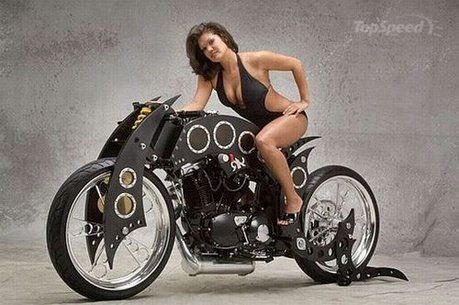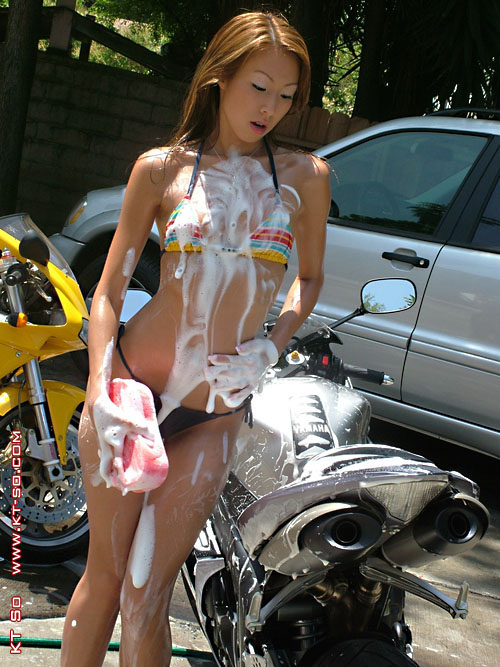
Further to my previous post about the Brighton Centenary, Chris Illman sent me photos and detailed information about the Norton-JAP sprinter, which it turns out has quite an interesting history. Chris, by the way, is the one riding the bike in these photos, so he has a special interest in keeping the record straight. The beast was also published in 'Built for Speed' (John Griffith, 1962, Temple Press), although it has evolved a bit in the past 45 years. Chris and his son Mark run the VMCC Sprint Section website, which documents the activities of the various ancient sprinters being campaigned in the UK, and has lots of great photos and movies of bikes from past and present.
Chris writes: "Brief History: The machine was fabricated in 1953 by Francis T Williams. It was built specifically for riding at Brighton (FTW lived just up the road at Saltdean). It was the 3rd and final version of the Norton-JAP series he built.... The bike was bought in the late 50's by Ernie Woods who named it 'THOR' and rode it at Brighton and other venues for many years. It achieved many wins both for FTW and EW. It made Fastest Tim of the Day at Brighton on several occasions with the highlight years being in the early 60's. It was retired by Ernie Woods in the 709's and remained in his ownership until
 his death. It was bought at auction by a good friend of mine, and I have been privileged to work on it an ride it at selected events. The opportunity to ride such a Historic Machine at the Centenary Brighton event was too good to miss and I have ridden it every year since!"
his death. It was bought at auction by a good friend of mine, and I have been privileged to work on it an ride it at selected events. The opportunity to ride such a Historic Machine at the Centenary Brighton event was too good to miss and I have ridden it every year since!""The particulars of 2005 (your video) is that I achieved two runs of 12.24 sec and 12.25 sec ET (114mph Terminal Speed) over the Standing Quarter and won the John Rich Memorial Shield for the Class win. Interestingly, at a faster time than Ernie Woods FTD in 1961!"
"The fastest I have achieved is an 11.9 second run at a Sprint event in 2006. I am sure it would go quicker but in deference to it's age & value, we are not prapared to push it too hard!"
"Technical: Although it is based on the 'Stronger' 1100cc JAP mk2 Crankcases, it is fitted with 2 Speedway heads and barrels giving a nominal 998cc. It is indeed the 'Two of Everything' version of the Ultimate Racing JAP and has the normal Mk2 oil pump which is NOT Total
 Loss. For the Cooper cars and circuit racing, Total Loss was unacceptable so a recirculating system was employed. The GP carbs are in fact 1 1/4" and the SU floats came from an XK Jaguar. It runs on straight Methanol and gives circa 100 BHP. The JAP is mounted in a 1952 350cc Manx Norton rolling chassis (the 350 version is lighter than the 500 being made in lighter gauge tubing)."
Loss. For the Cooper cars and circuit racing, Total Loss was unacceptable so a recirculating system was employed. The GP carbs are in fact 1 1/4" and the SU floats came from an XK Jaguar. It runs on straight Methanol and gives circa 100 BHP. The JAP is mounted in a 1952 350cc Manx Norton rolling chassis (the 350 version is lighter than the 500 being made in lighter gauge tubing)."Top pic is Chris at Brighton with the machine and John Rich shield for FTD in his class; middle scan is taken from 'Built For Speed', which has a nice technical exploration of the bike; bottom photo shows Chris warming up the rear tire before a run at Brighton... This marks the first Smoky Burnout photo on the Vintagent site - what's next, breasts? Harleys?






























